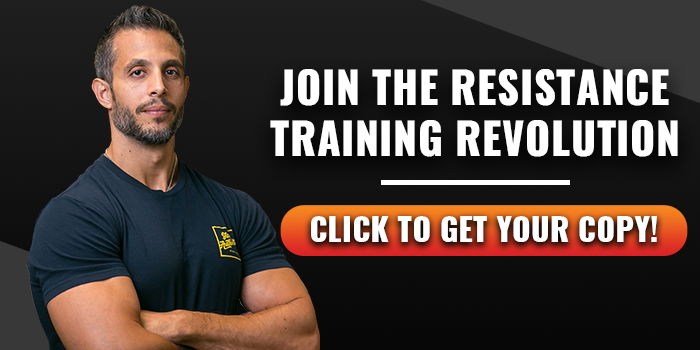Proper exercise before, during and even after pregnancy is a proven way to improve the health and wellbeing of both the mother and baby. Pregnancy can pose some unique challenges for those of you that prioritize fitness and health. It can be hard to figure out how to safely exercise the body during and after pregnancy and how to use exercise postpartum to bring back function, fitness and health. Add to that inconsistent energy levels, nausea, a changing body and limited time and it’s easy to see why expecting moms can feel so overwhelmed about fitness. If you are thinking about working out and are also planning to have a baby soon or are already pregnant but are feeling a bit confused about the best fitness route to take, this article will help you tremendously.
The best form of exercise for pregnancy hands down is resistance training. This form of exercise utilizes resistance from weights, machines, rubber bands, or even body weight in a way to specifically increase muscular strength. The ways in which resistance affect the body are an ideal way to combat the challenges presented by pregnancy. Resistance training is also extremely customizable allowing you the ability to modify your workouts for your particular body.
Resistance training increases muscular strength and builds muscle better than any other form of exercise, and this is a huge plus if you are planning on getting pregnant. Building strength and muscle are the most reliable ways to increase the number of calories your body burns on its own. In other words, it speeds up your metabolism. This means you burn more calories regardless of what else you do during the day. Going into pregnancy with a faster metabolism means you will gain less excess body fat eating the same amount of food. Put simply, it makes it easier to stay a “healthy” lean.
Being stronger also means your joints will be more stable in your body and less prone to pain. Back and hip pain are common during pregnancy due to the changes in how your rapidly changing body moves (you will walk, sit and sleep differently when you are pregnant). Combine this with more bodyweight and looser tendons and ligaments (due to the hormone relaxin) and a body that lacks strength is likely to hurt. Strong and stable bodies don’t hurt and resistance training is the best way to get strong and stable.
Resistance training done properly is also slow and controlled making it one of the least jarring and safest forms of exercise during pregnancy. Running or even walking over time can cause feet and knees to hurt and ankles to swell due to the constant downward pounding on the floor. Swimming is very low impact and safe as a form of exercise during pregnancy but it severely lacks in the results category. Only resistance training can boast being both low impact and effective with results.
Regardless of what form of exercise you engage in, it’s very important to apply it properly. It’s not a good idea to try to become the fittest version of yourself while pregnant. Pushing your body too hard will not get you any better results and is likely to result in injury and can negatively impact your health and your baby’s health. It’s also not a good idea to try to become the most fit you’ve ever been immediately prior to trying to get pregnant as this may negatively impact fertility. If you really want to push your workouts and your fitness to the extreme, do it months before you plan on conception. Heading into pregnancy the idea should be to maintain good strength or maybe gain a little strength.
The types of exercises you do should also change as your pregnancy progresses. Before pregnancy a special focus should be placed on strengthening the muscles of the hips with movements like squats, deadlifts and lunges or Bulgarian split stance squats and the muscles of the core with movements like physio ball crunches, cable chops and active planks. As your body begins to change your growing belly will make lunges or similar exercises impossible to do. Likewise, core movements that crunch the torso are going to be out, however you can continue to do careful twisting motions like cable chops.
Overall the idea is to slowly build or maintain strength right before and throughout pregnancy. After the baby is born and you are cleared by your doctor to exercise again don’t be alarmed by how weak some of your muscles may feel (especially your core). Muscle memory is a real thing. This means that the strength you originally had will come back faster the second time around vs how long it took the first time you gained that strength. This is why, in my two decades of professional experience opinion, women who resistance train tend to “bounce back” faster after childbirth than women who do other forms of exercise. The had the most “muscle memory” to work with.
As far as workout frequency is concerned, two to three days a week of full body workouts is ideal for most people. Those who are very advanced can do four days a week. Workouts can last between 30 to 60 minutes and should be centered around big full body movements like squats, deadlifts, presses and rows due to their ability to positively impact many muscles at one time.






